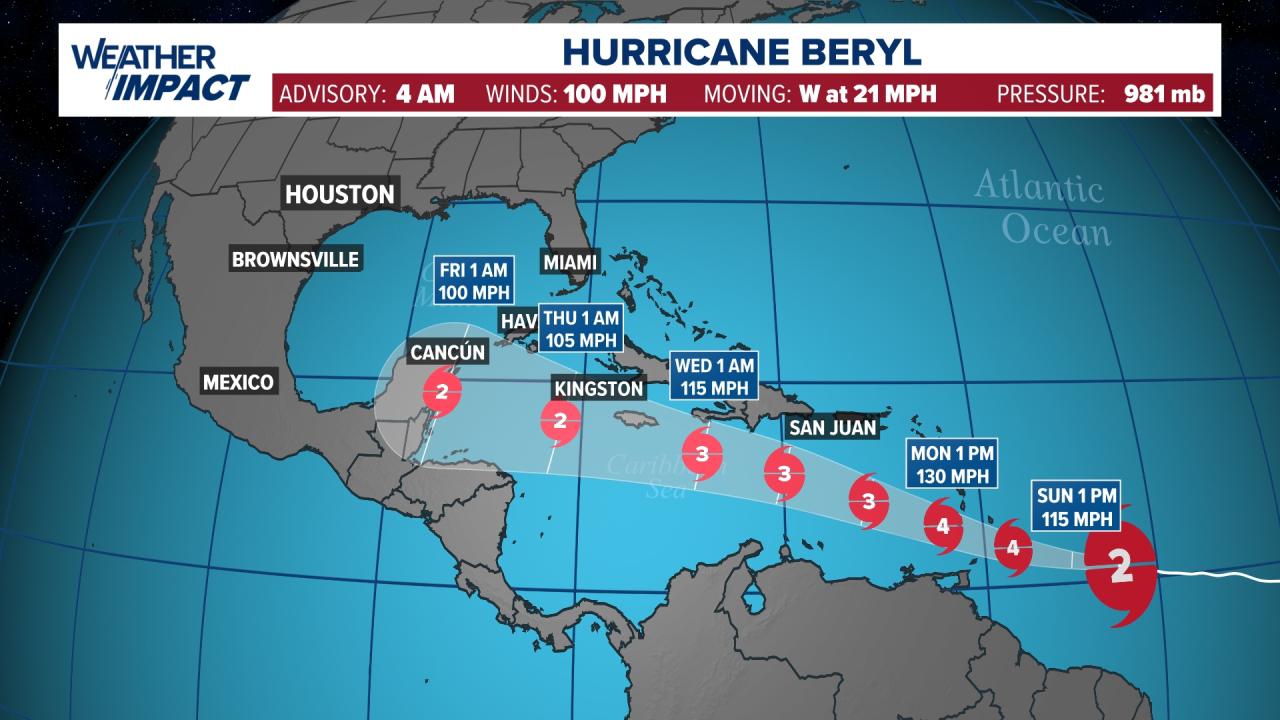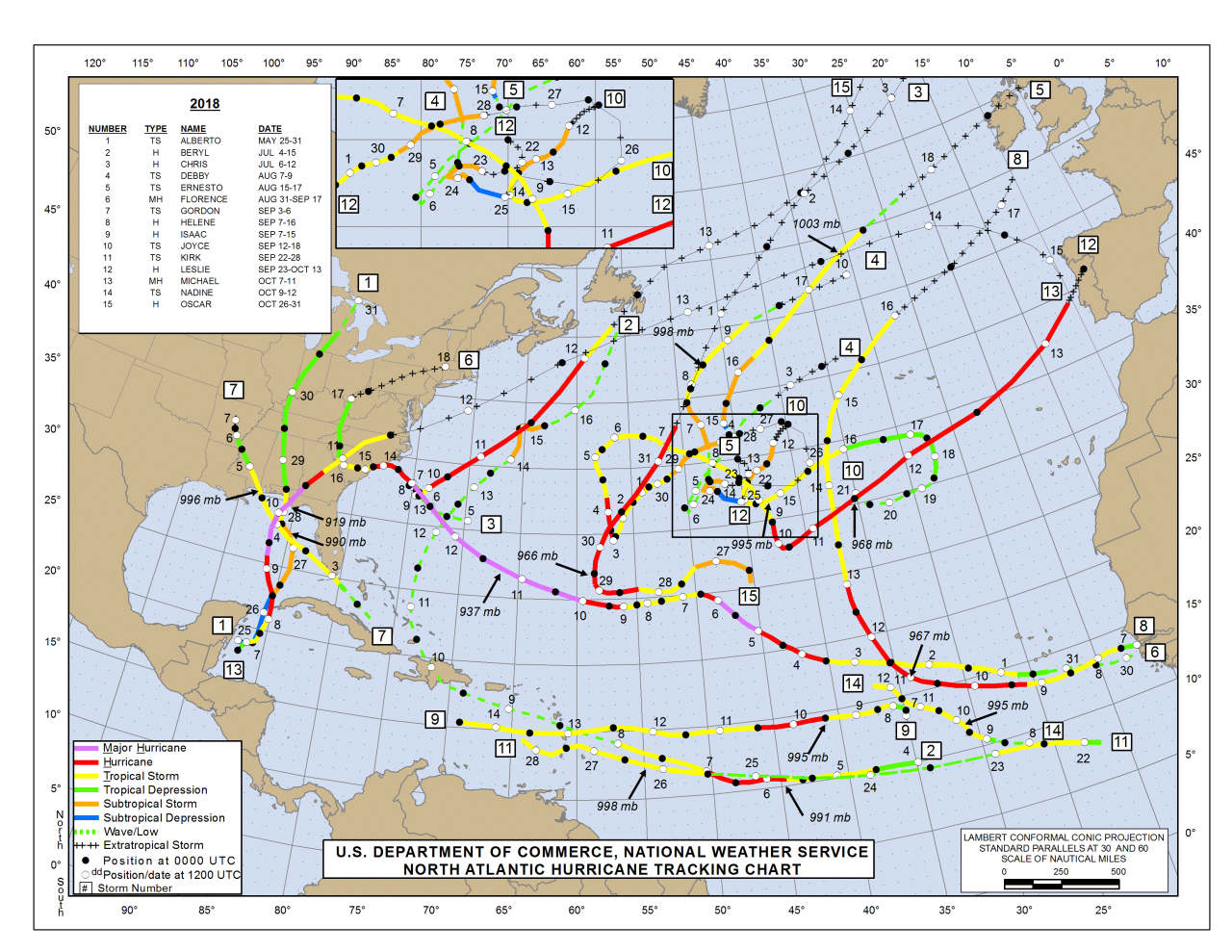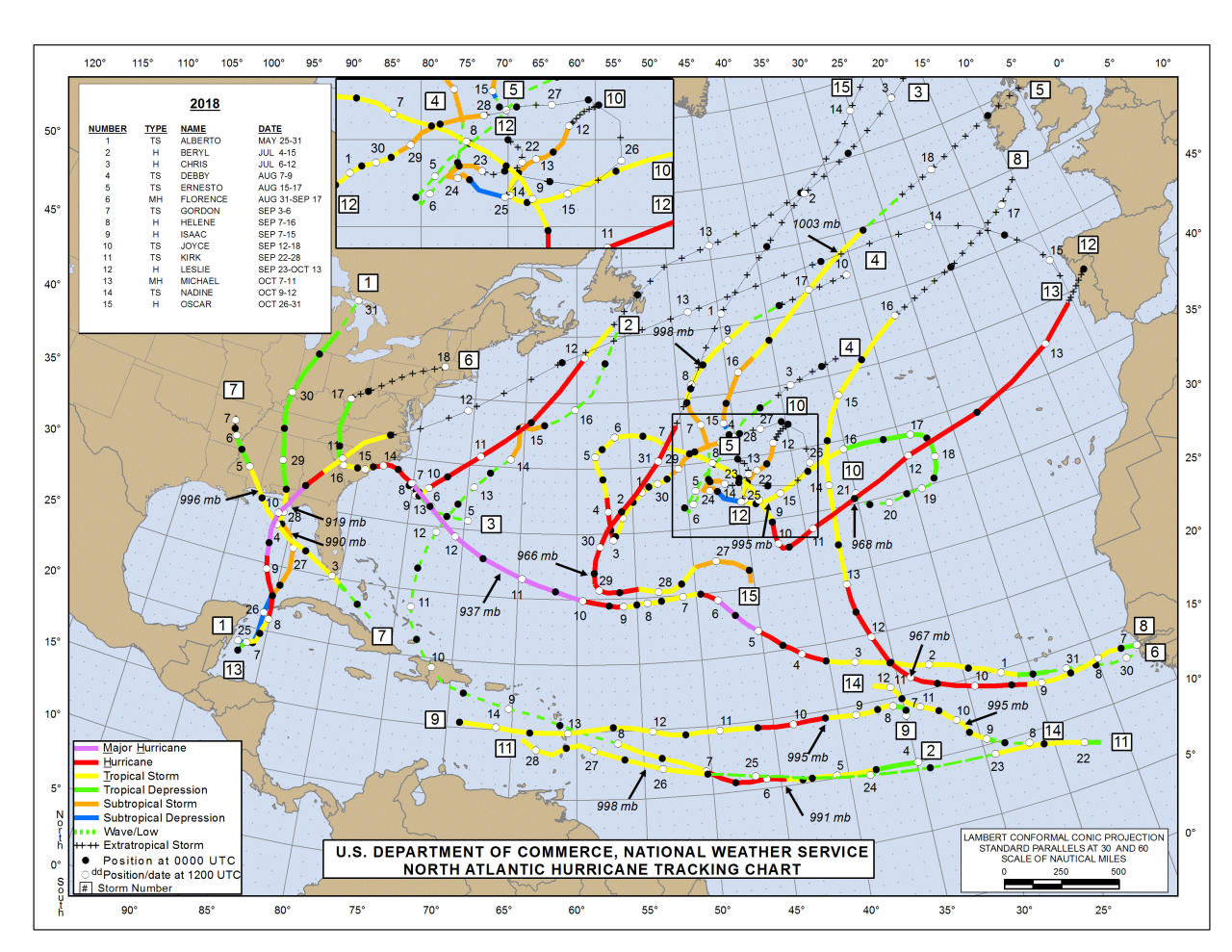As Hurricane Tracker takes center stage, this opening passage beckons readers into a world crafted with good knowledge, ensuring a reading experience that is both absorbing and distinctly original.
Hurricane Tracker, a cutting-edge tool, has revolutionized the way we monitor and predict these powerful storms. This guide delves into the inner workings of hurricane tracking systems, exploring how they collect and process data, analyze patterns, and forecast hurricane paths and intensity with remarkable accuracy.
Hurricane Tracking Systems
Hurricane tracking systems are crucial tools for meteorologists and emergency responders, providing valuable information to help predict hurricane paths and prepare for their impact.
These systems collect data from a variety of sources, including satellites, weather stations, and aircraft. The data is then processed and analyzed to create computer models that predict the hurricane’s path and intensity.
Accuracy and Limitations
Hurricane tracking systems have become increasingly accurate over the years, but they still have some limitations. One limitation is that the data used to create the models is not always complete or accurate. This can lead to errors in the predictions.
Another limitation is that the models are only as good as the assumptions that they are based on. If the assumptions are incorrect, the predictions can be inaccurate.
Despite these limitations, hurricane tracking systems are still valuable tools for predicting hurricane paths and preparing for their impact.
Data Analysis and Visualization
![]()
Analyzing hurricane data is essential for understanding hurricane behavior and predicting their paths. Data analysis involves examining various hurricane characteristics, such as wind speed, pressure, and track, to identify patterns and trends.
Visualizations play a crucial role in displaying hurricane data in a clear and concise manner. These visualizations include hurricane tracks, intensity maps, and interactive maps that allow users to track hurricane movement in real-time.
Methods for Analyzing Hurricane Data, Hurricane tracker
- Statistical analysis:Statistical methods, such as regression analysis and time series analysis, are used to identify relationships between hurricane characteristics and environmental factors.
- Machine learning:Machine learning algorithms are employed to predict hurricane intensity and track using historical data and environmental variables.
- Data mining:Data mining techniques are applied to extract meaningful information from large datasets of hurricane data.
Visualizations for Displaying Hurricane Data
- Hurricane tracks:Hurricane tracks show the path of a hurricane over time, allowing users to visualize its movement and direction.
- Intensity maps:Intensity maps display the wind speed or pressure of a hurricane at different locations, providing a visual representation of its strength.
- Interactive maps:Interactive maps enable users to track hurricane movement in real-time, providing up-to-date information on its location and intensity.
Interactive Map for Tracking Hurricane Movement
An interactive map is a powerful tool for tracking hurricane movement in real-time. This map allows users to:
- View the current location and intensity of the hurricane
- Track the hurricane’s path over time
- Zoom in and out to see specific areas of interest
- Access additional information about the hurricane, such as its wind speed and pressure
Hurricane Forecasting and Prediction

Forecasting and predicting hurricane behavior is a crucial aspect of hurricane preparedness and mitigation. Meteorologists use various techniques and models to predict hurricane paths, intensity, and potential landfall locations.
Factors Influencing Hurricane BehaviorNumerous factors influence hurricane behavior, including:
Sea Surface Temperatures (SSTs)
Warm ocean waters provide energy for hurricane development and intensification.
Vertical Wind Shear
Changes in wind speed and direction with height can disrupt hurricane formation and weaken existing storms.
Coriolis Effect
The Earth’s rotation deflects hurricane winds, causing them to curve counterclockwise in the Northern Hemisphere.
Atmospheric Pressure
Hurricanes form and intensify in areas of low atmospheric pressure.
Environmental Moisture
The availability of moisture in the atmosphere supports hurricane growth and development.
Hurricane Forecasting Techniques
Meteorologists use a combination of observational data, numerical weather prediction models, and statistical techniques to forecast hurricanes:
Observational Data
Real-time measurements from weather stations, satellites, and aircraft provide valuable information about hurricane location, intensity, and movement.
Numerical Weather Prediction (NWP) Models
Computer models simulate atmospheric conditions to predict hurricane behavior over time.
Statistical Techniques
Historical hurricane data and statistical analysis help forecasters predict hurricane tracks and intensities.
Hurricane Landfall Prediction and Impact AssessmentPredicting hurricane landfall locations and potential impacts is crucial for emergency preparedness and response. Forecasters use a combination of meteorological data, computer models, and historical information to estimate:
Landfall Probability
The likelihood of a hurricane making landfall at a specific location.
Landfall Time
The estimated time of hurricane landfall.
Potential Impacts
The anticipated damage and flooding caused by the hurricane based on its intensity and landfall location.
Summary: Hurricane Tracker

Hurricane Tracker has proven to be an invaluable asset in disaster preparedness and response. Its ability to provide real-time updates, accurate forecasts, and detailed visualizations has empowered communities to make informed decisions, stay safe, and mitigate the impacts of these formidable storms.
FAQ Insights
What data sources does Hurricane Tracker utilize?
Hurricane Tracker leverages a combination of satellite imagery, radar data, weather station observations, and numerical weather prediction models to gather comprehensive information about hurricanes.
How does Hurricane Tracker improve hurricane forecasting accuracy?
Hurricane Tracker employs advanced algorithms and machine learning techniques to analyze vast amounts of data, identifying patterns and trends that enhance the accuracy of hurricane track and intensity forecasts.
What are the limitations of Hurricane Tracker?
While Hurricane Tracker is highly accurate, it is not without limitations. Factors such as the chaotic nature of hurricanes and the availability of real-time data can sometimes impact the precision of forecasts.

